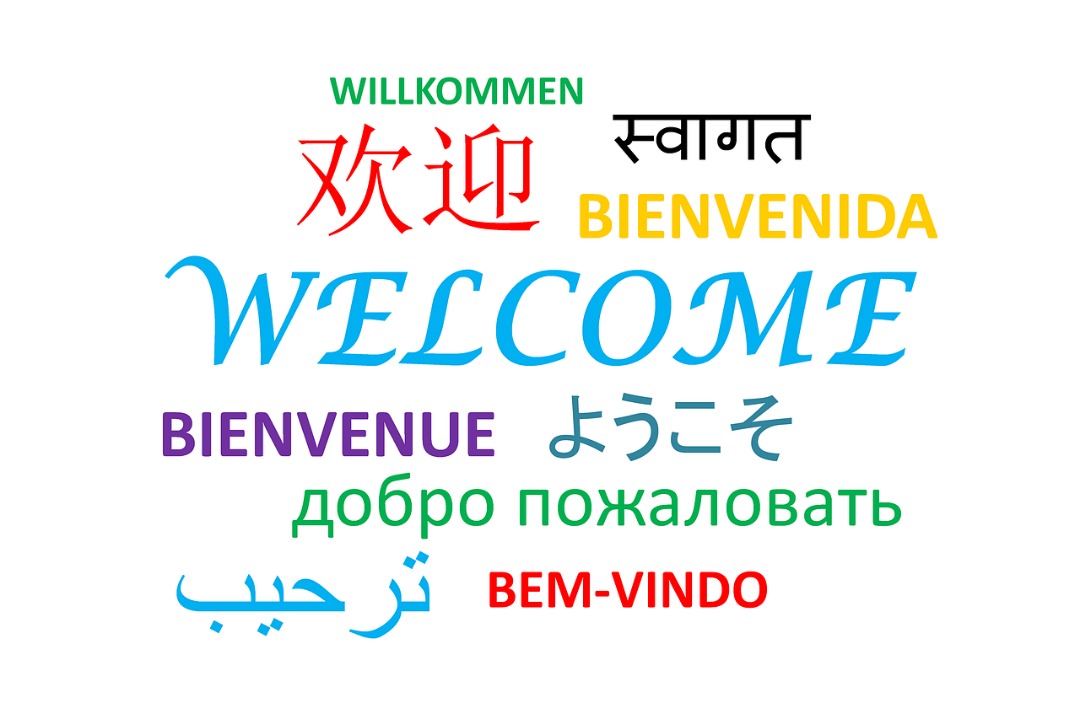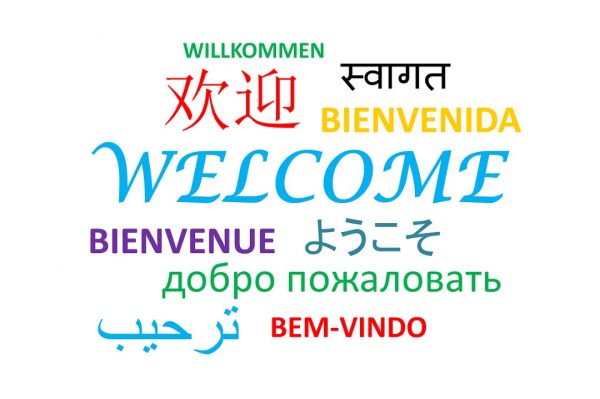The 21st day of February of every year has been set aside globally for the observance of the International Mother Language Day (IMLD). The purpose of this, is to promote the awareness of linguistic and cultural diversity, as well as to promote multilingualism. The day was first announced by UNESCO on the 17th of November 1999, and was formally recognized by the United Nations General Assembly in a resolution establishing 2008 as the International Year of Languages.[1] By implication, the day has been observed annually since 2000, to promote peace and multilingualism around the world, as well as to promote the preservation and the protection of all mother languages.
21st February: The Canvass for the International Mother Language Day
On the 9th of January 1998, Rafiqul Islam, a Bengali living in Vancouver, Canada, wrote a letter to the then United Nations’ Secretary, Mr. Kofi Annan, requesting that Mr. Annan should exhibit some proactivity in saving the World’s Languages from Extinction. This, Mr. Rafiqul proposed, could be done by declaring an International Mother Language Day. Mr. Rafiq’s proposed date was 21st February to commemorate the 1952 Killings in Dhaka during the language movement. The 21st of February was therefore, chosen in recognition of the 1952 Bengali Language Movement in Bangladesh; a political movement in the former East Bengal (Now Bangladesh), advocating the recognition of the Bengali Language as an official language of that region, to enable its usage in government affairs, educational systems, media propagation, currency and stamps use etc.
IMLD: Minimizing the Dangers for a Blessed Aspect of Life
The place of language in cultural preservation and identification cannot be over-emphasized. The United Nations International Mother Language Day has this enshrined at its core:
“Languages are the most powerful instruments of preserving and developing our tangible and intangible heritage. All moves to promote the dissemination of mother tongues will serve not only to encourage linguistic diversity and multilingual education but also to develop fuller awareness of linguistic and cultural traditions throughout the world and to inspire solidarity based on understanding, tolerance and dialogue.”[2]
Given how important and pivotal language is to the preservation of heritage, it is however, an alarming fact that, “every two weeks a language disappears taking with it an entire cultural and intellectual heritage.”[3] This is further emphasized by the fact that, “at least 43% of the estimated 6000 languages spoken in the world are endangered. Only a few hundred languages have genuinely been given a place in education systems and the public domain, and less than a hundred are used in the digital world.”[4] A restatement of this is simply that, the diversity of languages is increasingly threatened as more and more languages disappear. A significant 40 per cent of the global population does not have access to education in a language they speak or understand. Irrespective of this, remarkable progress is being made in mother tongue-based multilingual education with growing understanding of its importance, particularly in early schooling, and more commitment to its development in public life.
IMLD: Paying Attention to the Future
Multilingual
and multicultural societies exist through their languages, which transmit and
preserve traditional knowledge and cultures in a sustainable way. By
implication, the future of these societies is somewhat dependent on how closely
and accurately their language(s) are transmitted and preserved. It is also
evident that, globalization processes are highly contributive of the increasing
threat, or disappearance altogether of languages. This is coupled with the
equally glaring fact that, when languages fade, so does the world’s rich
tapestry of cultural diversity. The opportunities, traditions, memory, unique
modes of thinking and expression, valuable resources for ensuring a better
future etc are all eventually lost. Unparalleled attention has to be given to
commemorating this day; celebrating and reemphasizing the significance of the
mother language(s) of each society. It is to this purpose that the
International Mother Language Day is worth a place annually on the global
calendar.
Featured image source: Pixabay


